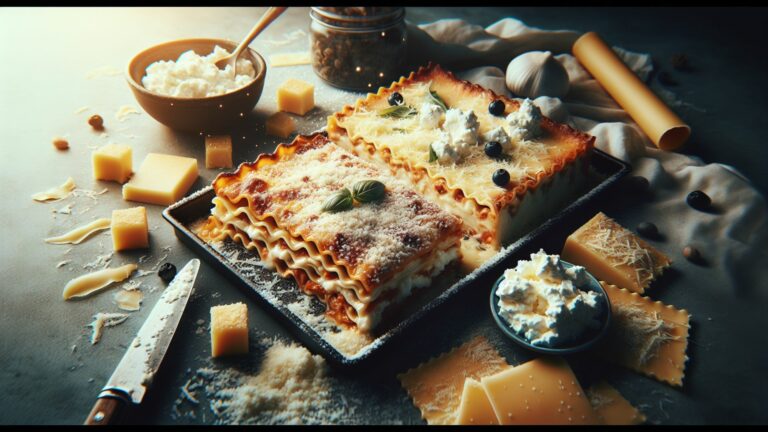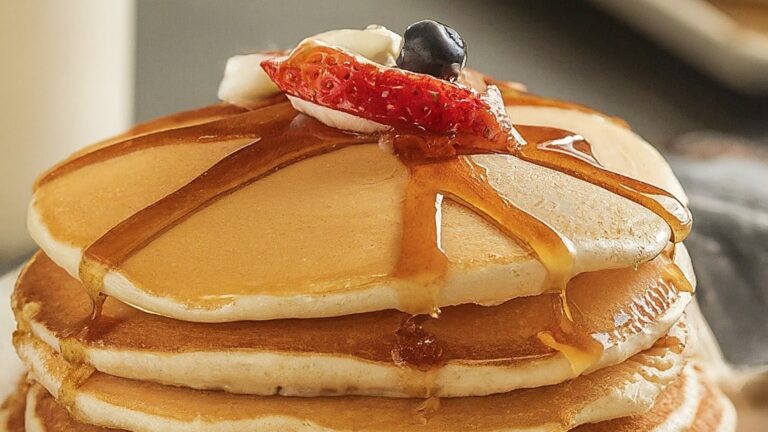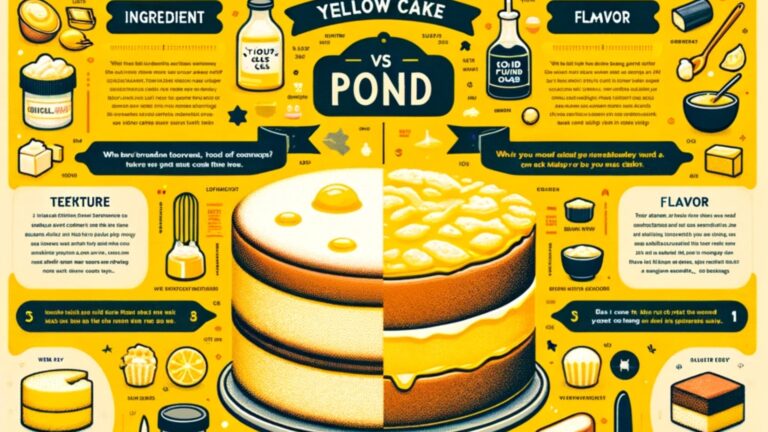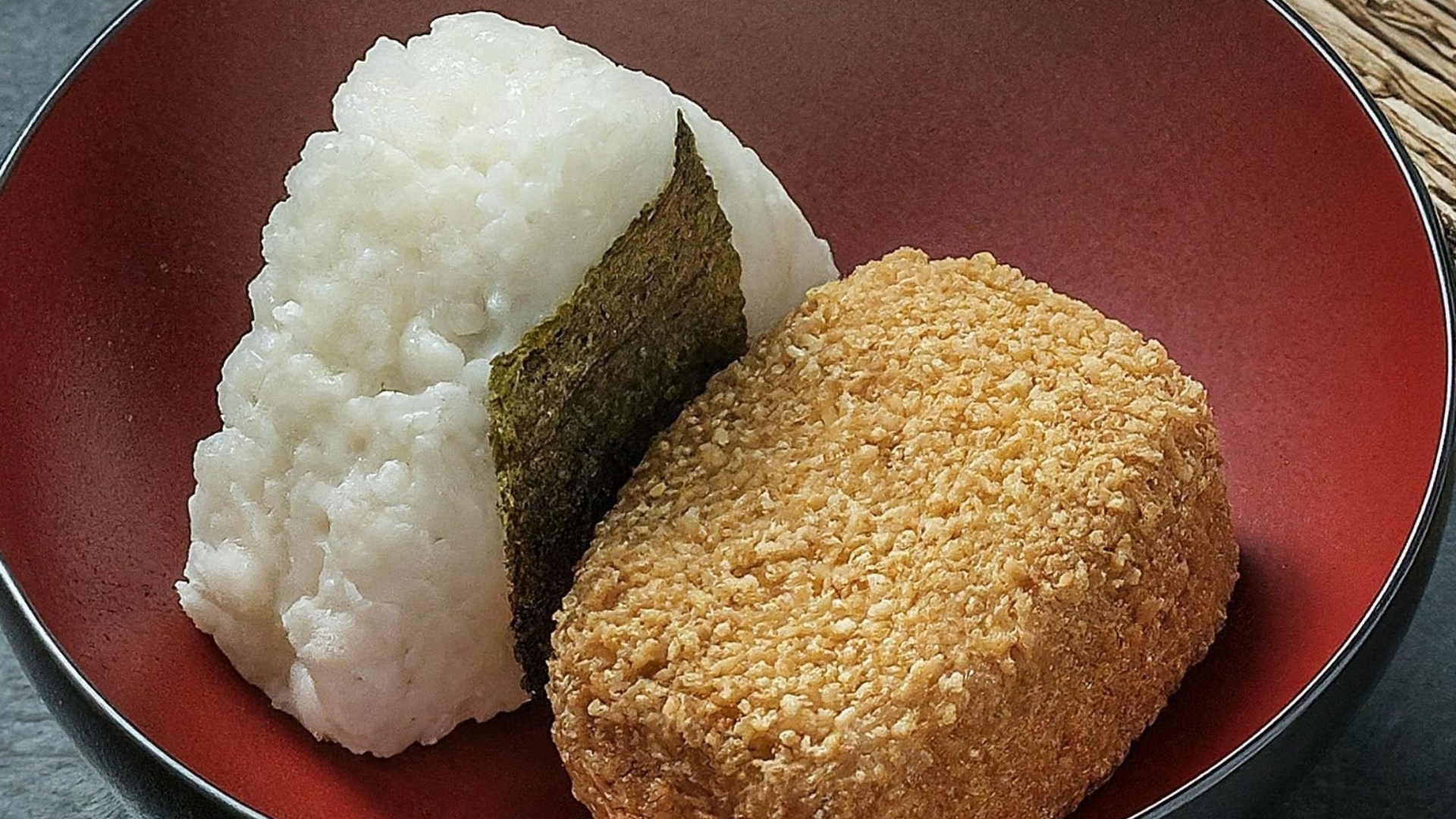
The differences between Musubi and Onigiri are striking, but very few people know these differences. This discussion intends to present the differences and similarities between these two food items.
Musubi vs Onigiri: The main differences are that musubi is rectangular and typically made with seasoned rice and filling on top. At the same time, Onigiri is triangular or spherical and is usually filled with ingredients inside the rice ball.
More details about these two Japanese items and people’s interest in them are also discussed in the later part of the article. So, without delay, let’s start the discussion.
An Overview
Extensive discussion covers any topic openly. But a comparative table can tell the whole thing at a glance.
So we’ll first look at a table of critical similarities and differences between musubi and onigiri.
| Criteria | Musubi | Onigiri |
| Rice | Made with short-grain Japanese rice | Made with short-grain Japanese rice |
| Filling | Typically filled with various savory ingredients | Typically filled with various savory ingredients |
| Shape | Rectangular or square shape, often with filling on top | Triangular or round shape, with filling inside |
| Nori | Often wrapped around the rice and filling | Often wrapped around the outside of the rice ball |
| Preparation | Typically made with a musubi press | Typically shaped by hand or with a special onigiri mold |
| Cultural Significance | Popular in Hawaii and associated with Japanese-American cuisine | Popular in Japan and associated with traditional Japanese cuisine |
| Portable | Often wrapped in plastic or paper and sold at convenience stores or food stalls | Often wrapped in plastic or paper and sold at convenience stores or food stalls |
| Eating Style | Often eaten with hands or chopsticks | Often eaten with hands or wrapped in nori and eaten as a sandwich |
So, as we can see, musubi and onigiri are dissimilar in almost every way, although some things seem similar.
Musubi vs Onigiri: Differences in Detail
Musubi and Onigiri are Japanese dishes. These are rice-based round triangular or rectangular snacks that are filled with stuffing. At first glance, the two dishes may seem similar.
But when you go to experience it, you will understand the difference. Some basic differences between musubi and onigiri are:
- Shape: The first and most notable difference between musubi and onigiri is their shape. Where musubi is rectangular, onigiri is either triangular or oval. Due to the rectangular shape of the musubi, it can be served sliced. Onigiri, however, is triangular or oval so you can eat it with your hands.
- Filling: The second major difference between musubi and onigiri is the filling. Spam, teriyaki chicken or egg, etc., are used as the overall filling of musubi. In contrast, onigiri fillings, such as umeboshi (pickled plums), tuna, or salmon, are very simple. The purpose of filling the onigiri is only to fill it.
- Seasoning: When it comes to seasoning, you’ll often find musubi seasoned with soy sauce or other sauces. These sauces add flavor and moisture to the rice. Onigiri is commonly seasoned with salt or furikake, a spice mixture made from dried fish, sesame seeds, and other ingredients.
- Wrapping: You will find the difference in the wrapping style of musubi and onigiri. Musubi is often served wrapped in a strip of dried seaweed called nori. This nori gives the musubi a slightly salty taste and a crunchy texture. In stark contrast, onigiri is served both wrapped in nori or unwrapped, depending on one’s preference.
- Occasion: Certain dishes require an occasion to be served. As such, musubi is a popular dish among Japanese that is often enjoyed as a snack or side dish. At the same time, onigiri is a traditional Japanese snack or lunch item. You can eat it often on the go or as fast food.
So we can say that although musubi and onigiri may seem similar at first glance, they are different in shape, filling, seasoning, wrapping, and occasion in almost every way.
Similarities Between Musubi and Onigiri
One of the most notable similarities is that Musubi and Onigiri are popular Japanese breakfasts or light food. There are also some similarities between the two, e.g.:
- Both are made with short-grain rice: Both foods are made with a special type of rice. These rice are shorter than ordinary, adhesive, and suitable for giving a size.
- Both are often filled with savory ingredients: Another similarity is stuffing with different ingredients to create both. These delicious stuffings include grilled fish, pickled vegetables, cooked meat, or a pickled plum called Umebosi.
- Both are wrapped in nori: Musubi and Onigiri are often covered in nori while serving. This nori is a type of dried marine algae that adds a salty taste to foods. Besides, it helps the stuffing to stay in one place.
- Both are portable: Musubi and onigiri aren’t the dishes you have to sit down and eat. They are both portable, and you can enjoy them on the go. You can find them ready-to-eat in many street food shops or convenience stores in Japan.
- Both have cultural significance: Both foods are prominent in Japanese culture. Musubi and onigiri are often served at traditional Japanese food events. Japanese ex-pats and food enthusiasts around the world appreciate both of these dishes.
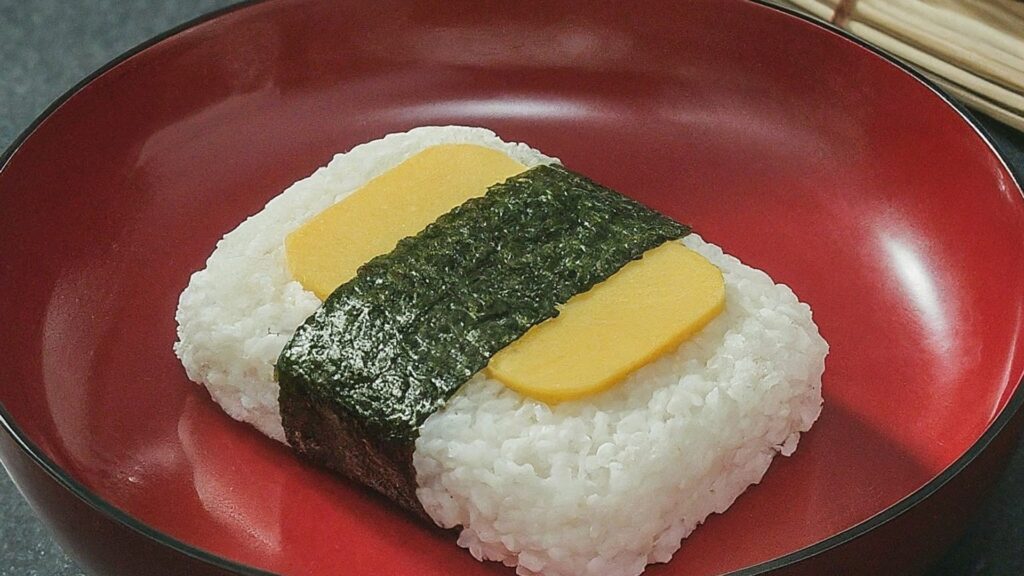
FAQs
Here are some more topics people ask about these two items on the internet. You may read them too to get a clearer idea about these two food items.
Is Musubi Healthier Than Onigiri?
Both foods can be considered healthy snacks or light meals when considering health and nutrition. They contain various ingredients packed with nutrients, including Japanese short-grain rice, fish, and meat.
Can You Make Musubi With Onigiri Rice?
Since musubi and onigiri are made with the same short-grain Japanese rice, you can do it. However, the methods of preparation and shaping of the two foods are certainly different.
Is Nori Necessary for Musubi and Onigiri?
For both musubi and onigiri, nori is an ingredient that adds a distinct flavor to the dishes. But it does not have to be added. You can add nori or not, depending on your personal preference.
Can Musubi and Onigiri Be Frozen?
Yes, you can find musubi and onigiri frozen at street food or convenience stores. Just warm them up before eating. Remember, it’s best to wrap both foods tightly in plastic or foil and store them in an airtight container to prevent freezer burn.
Conclusion
These traditional Japanese rice balls have notable differences in shape, preparation, and fillings. Also, their presenting method is different.
You may choose the rectangular-shaped Musubi or the triangular or spherical-shaped Onigiri. We just helped you to select one.
This is not the end; we have more discussions on different food items and their comparison. You may read them too to gain knowledge on more foods.

